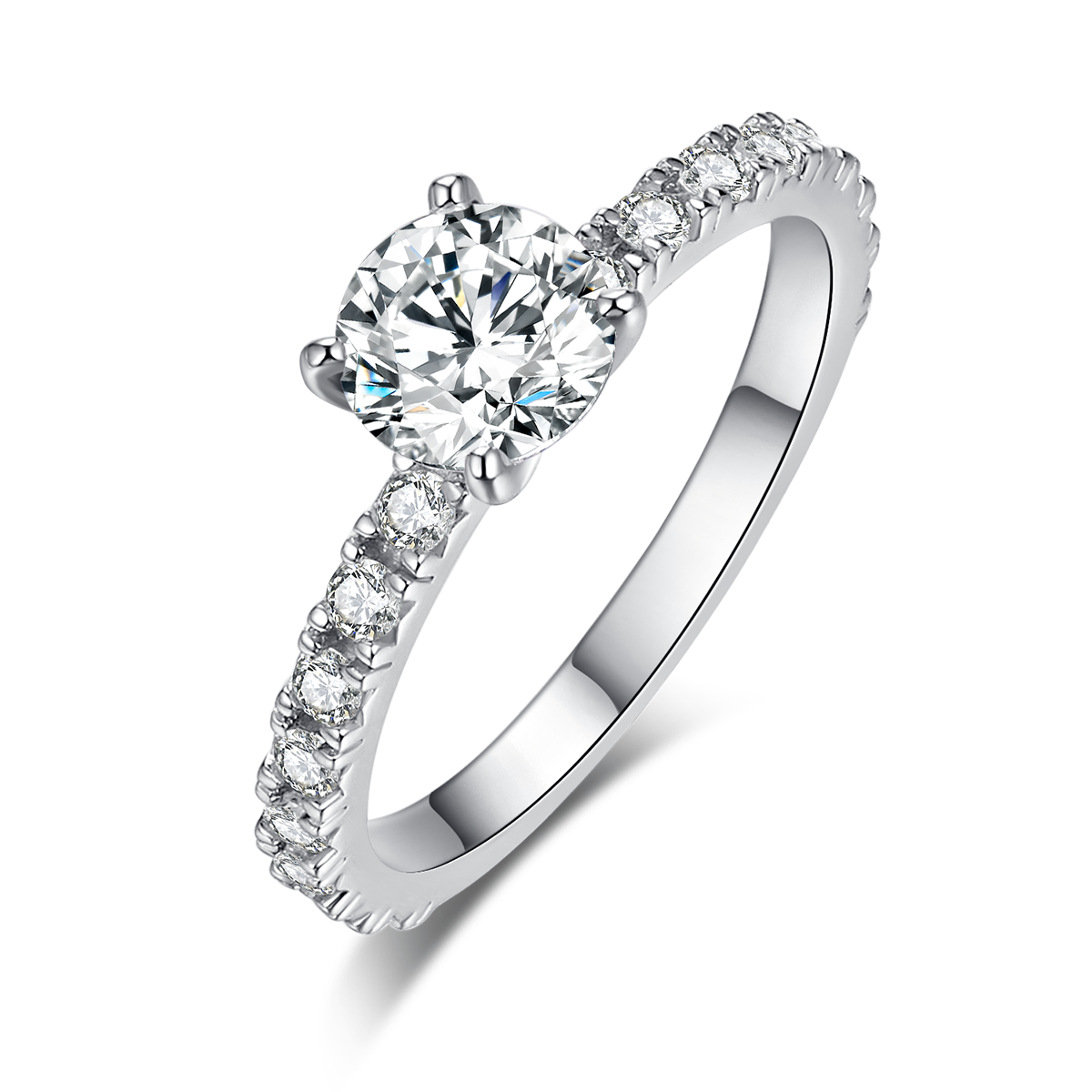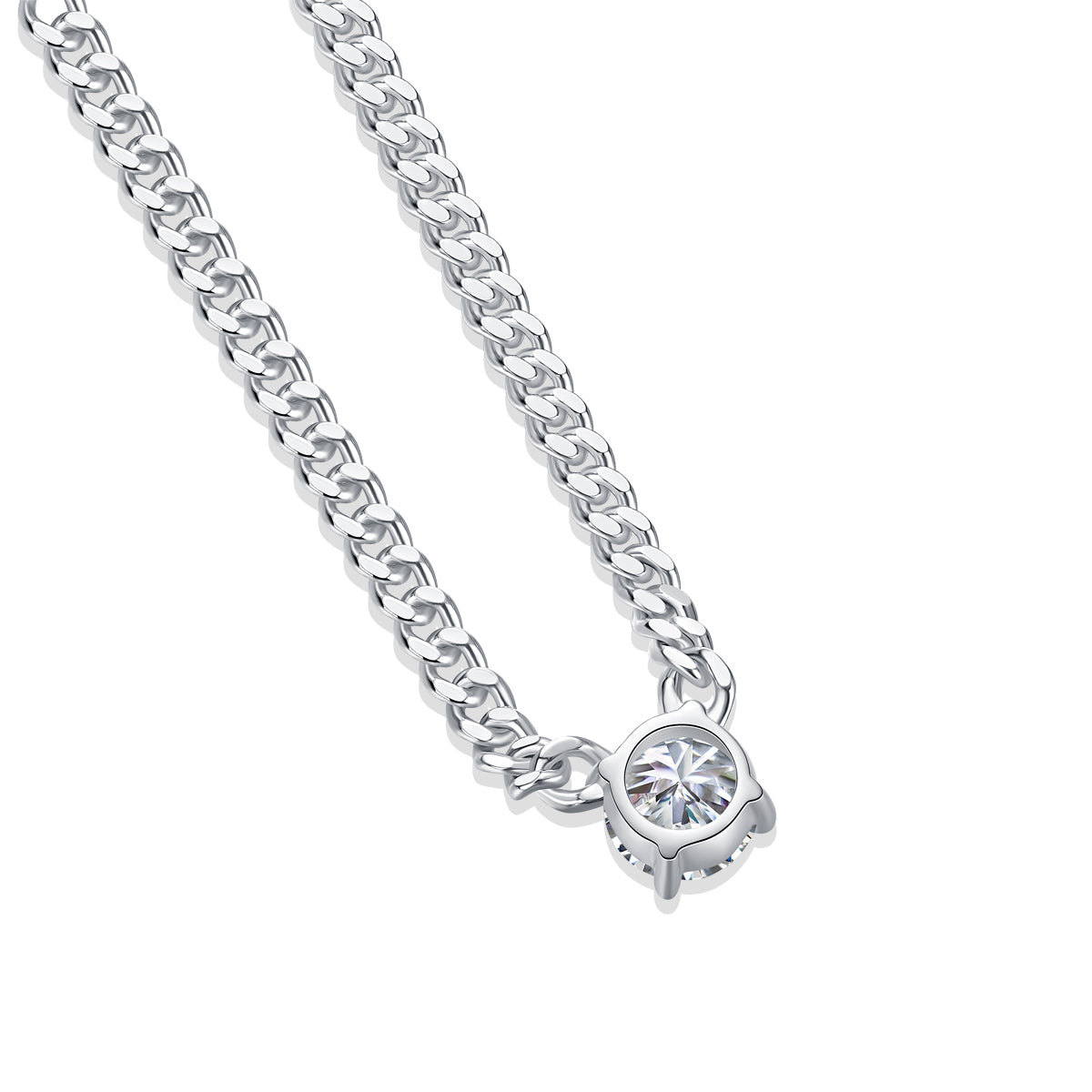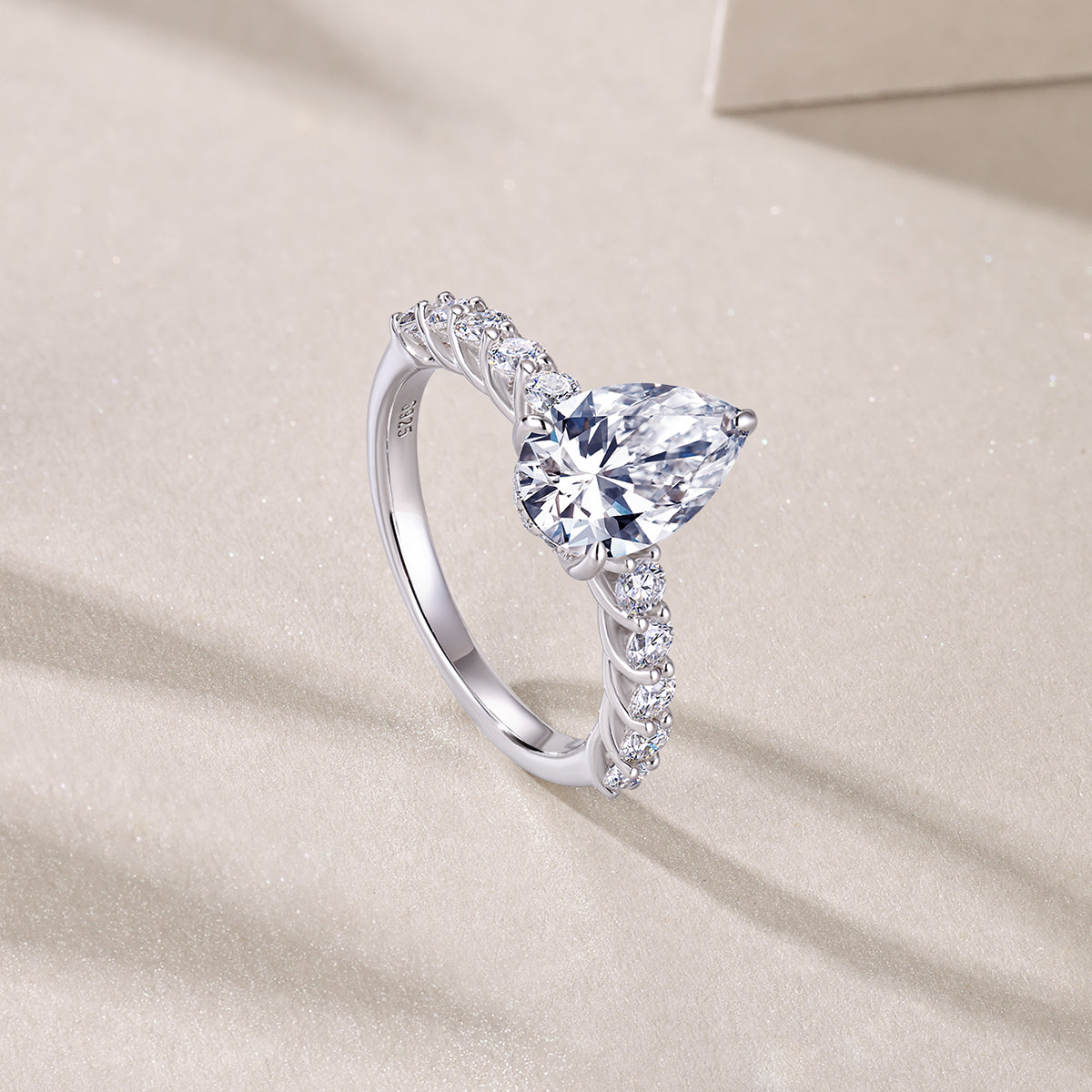Ensuring Safety and Comfort: Key Considerations for Wearing Moissanite Rings During Physical Activities
Engaging in sports or exercise requires careful attention to attire and accessories, including jewelry. While moissanite rings offer durability and brilliance, their safety during physical activities depends on factors like design, fit, and the nature of the sport. Understanding how to choose and wear these rings can help prevent discomfort, damage, or injury while staying active.
Choosing Low-Profile and Secure Ring Designs for High-Impact Sports
High-impact sports such as running, basketball, or martial arts involve frequent movement, contact, and potential collisions. For these activities, opt for moissanite rings with low-profile settings that sit close to the finger. Bezel or flush settings, where the stone is surrounded by metal or set level with the band, reduce the risk of snagging on equipment or catching on clothing. Avoid prong settings, which can loosen over time or catch on surfaces during rapid movements.
The band’s width and material also play a role in safety. Wider bands distribute pressure more evenly, reducing the likelihood of the ring digging into the skin during intense activity. Metal bands like platinum or stainless steel are ideal, as they resist bending and retain their shape better than softer metals. A snug but comfortable fit is essential—too tight can restrict blood flow, while too loose increases the chance of the ring slipping off or shifting during play.
Preventing Injuries and Damage During Weightlifting or Gym Workouts
Weightlifting and strength training involve gripping bars, dumbbells, or kettlebells, which can put pressure on the fingers and hands. Wearing a moissanite ring during these activities requires extra caution to avoid pinching the skin between the ring and the equipment or causing micro-tears in the metal over time. Rings with smooth, rounded edges are preferable, as they minimize friction and discomfort during repetitive motions like lifting or pulling.
For those who frequently lift heavy weights, consider removing the ring temporarily or wearing it on a chain around the neck as a pendant. This protects both the ring and the fingers from potential harm. If wearing the ring is non-negotiable, ensure it fits properly and avoid adjusting it mid-workout, as this can lead to accidental drops or misplacement. Regularly inspect the setting for signs of wear, such as loose stones or bent prongs, and address any issues promptly to maintain safety.
Adapting Ring Wearing Habits for Outdoor and Adventure Sports
Outdoor sports like hiking, rock climbing, or cycling expose rings to harsh conditions, including dirt, moisture, and abrasive surfaces. Moissanite is resistant to scratches and heat, but the metal band may tarnish or corrode if exposed to sweat, saltwater, or chemicals over time. To protect the ring, clean it thoroughly after each outdoor session using a soft cloth and mild soap, then dry it completely to prevent moisture buildup.
For adventure sports that involve climbing or rappelling, the risk of the ring catching on ropes or gear is high. In such cases, it’s safer to remove the ring and store it in a secure pocket or pouch until the activity is over. If the sport allows for it, wear gloves to create a barrier between the ring and external elements, reducing the chance of damage or loss. Additionally, avoid wearing the ring on the dominant hand if possible, as this hand is more likely to come into contact with rough surfaces during movement.
By selecting low-profile designs for high-impact sports, preventing injuries during weightlifting, and adapting habits for outdoor adventures, individuals can enjoy the beauty of moissanite rings without compromising safety. Whether for casual workouts or competitive athletics, these strategies ensure that the ring remains a cherished accessory rather than a source of discomfort or risk.



Leave a comment
This site is protected by hCaptcha and the hCaptcha Privacy Policy and Terms of Service apply.